Together always: homes with multigenerational family members are a growing trend
‘The dynamics of moving three independent households into one is complicated. The courage it took from everyone was huge’

Your support helps us to tell the story
From reproductive rights to climate change to Big Tech, The Independent is on the ground when the story is developing. Whether it's investigating the financials of Elon Musk's pro-Trump PAC or producing our latest documentary, 'The A Word', which shines a light on the American women fighting for reproductive rights, we know how important it is to parse out the facts from the messaging.
At such a critical moment in US history, we need reporters on the ground. Your donation allows us to keep sending journalists to speak to both sides of the story.
The Independent is trusted by Americans across the entire political spectrum. And unlike many other quality news outlets, we choose not to lock Americans out of our reporting and analysis with paywalls. We believe quality journalism should be available to everyone, paid for by those who can afford it.
Your support makes all the difference.Behind the front door of a modest Cape Cod in Arlington, Virginia, seven lives are entwined.
Three generations comprising three families live together: two teenage girls, their parents and the girls’ three living grandparents. The age span is 13 to 86.
The Smith family – Rusty Smith, his wife, Lisa Gibbs-Smith, and teenage daughters Audrey and Lauren – moved to Arlington in 2011. They bought the three-level Cape Cod with a main living floor, an upstairs and a basement. Rusty and Lisa had no intention of expanding the house until they began looking over their shoulders at their parents’ lives.
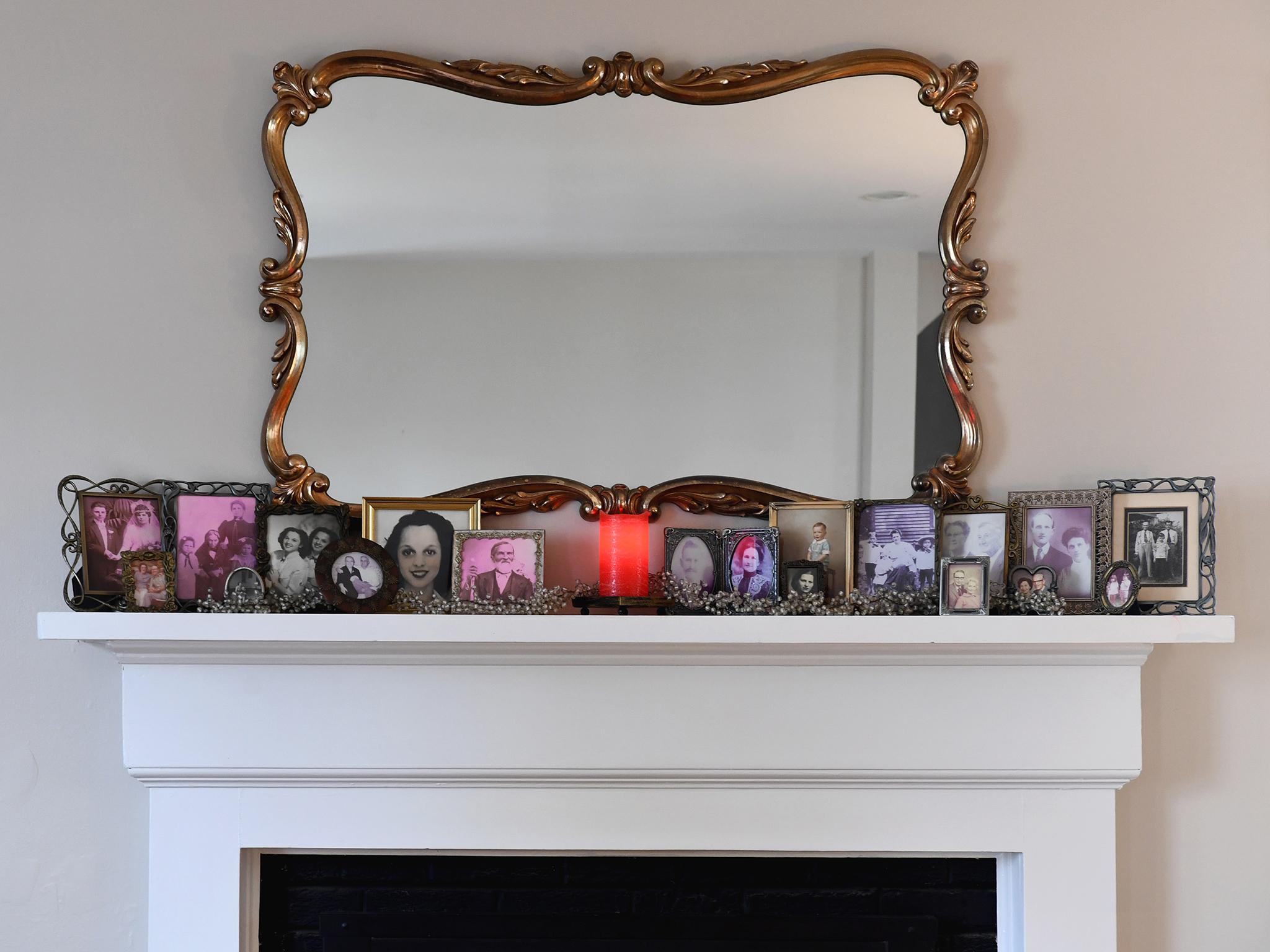
Rusty’s mother had died, and his father, Frank Smith, 74, lived in Florida. “The stress of being alone was hard,” Frank says.
“We asked him to come up and live with us,” says Rusty, who is a bugler with the US Army Old Guard Fife and Drum Corps. The house was big enough to accommodate him.
Lisa’s parents, Jim Gibbs, 79, and Grace Gibbs, 87, lived in Annandale, Virginia. Her mother suffers from progressive dementia. “My dad broached the idea of moving to an assisted-living facility,” says Lisa, a pianist and director of worship arts at Clarendon United Methodist Church.
“We had a family conversation and came up with the crazy idea of asking them to live with us, too. ‘Why don’t we add on to our house and just keep putting people in it?’”
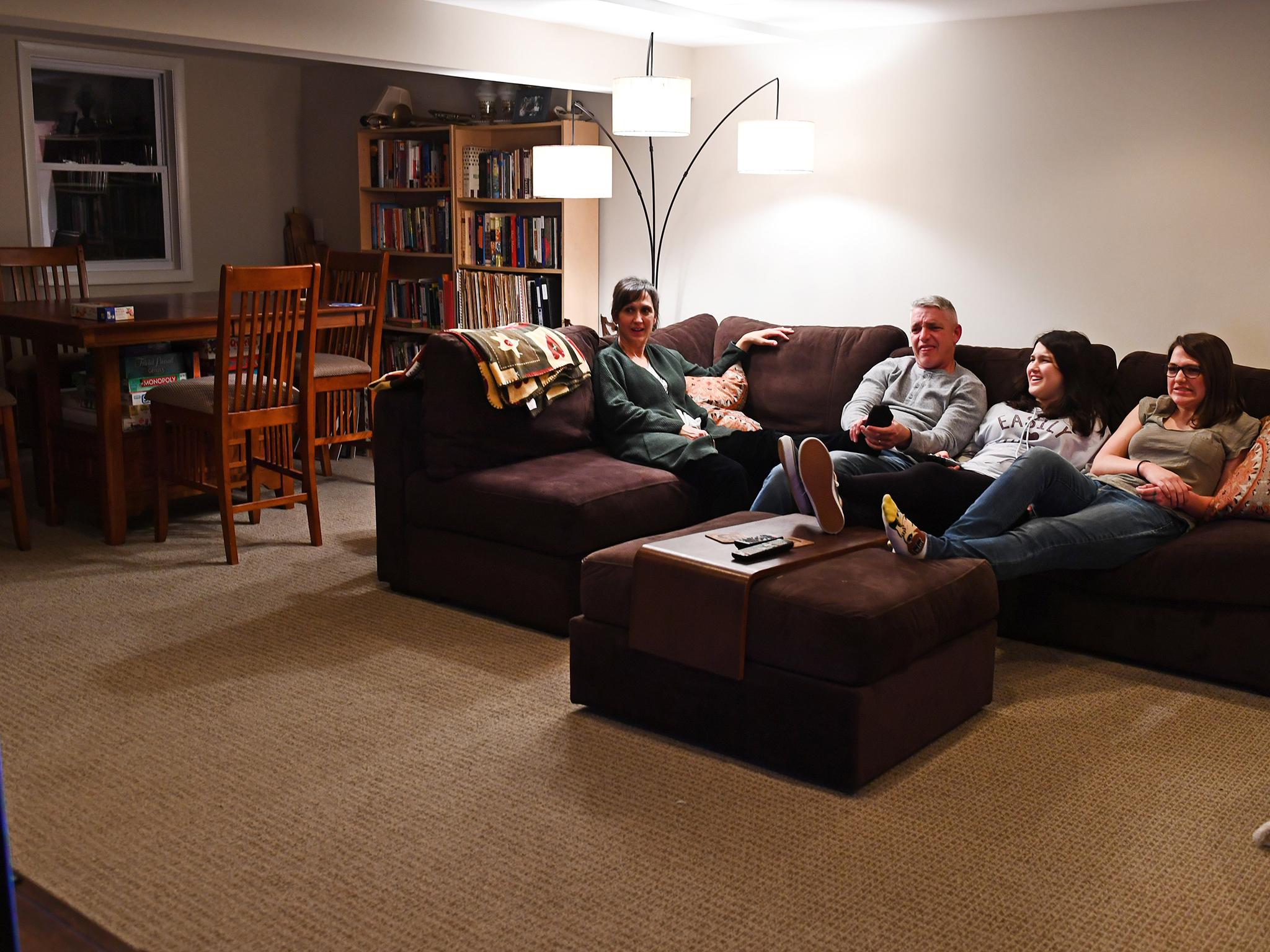
The Smith house wasn’t big enough for seven, so they had to figure out how to expand, pay for it and manage day-in-and-day-out togetherness.
“The dynamics of moving three independent households into one is complicated,” Lisa says. “The courage it took from everyone was huge.”
Pew Research Centre defines a multigenerational household as one with grandparents and grandchildren or with two or more adult generations. The trend since 1980 is more people living in multigenerational homes, and a higher number of multigenerational households, says D’Vera Cohn, a senior writer and editor at Pew.
In 2009, the last year of the Great Recession, 17 per cent of Americans lived in households that were multigenerational, Cohn says. This translates to 51.5 million people living in homes with either grandparents and grandchildren, or with two or more adult generations. Pew’s estimates are based on census data.
In 2016, the most recent Pew numbers, 20 per cent of Americans – 64 million people – lived in multigenerational homes. “This is a record number of people,” Cohn says.
“Our baby boomer population is getting older, and living together in one house is becoming more common,” says Bob Gallagher, president and co-owner of Sun Design in McLean and Burke, Virginia, an architectural design and remodelling company with a focus on ageing in place.
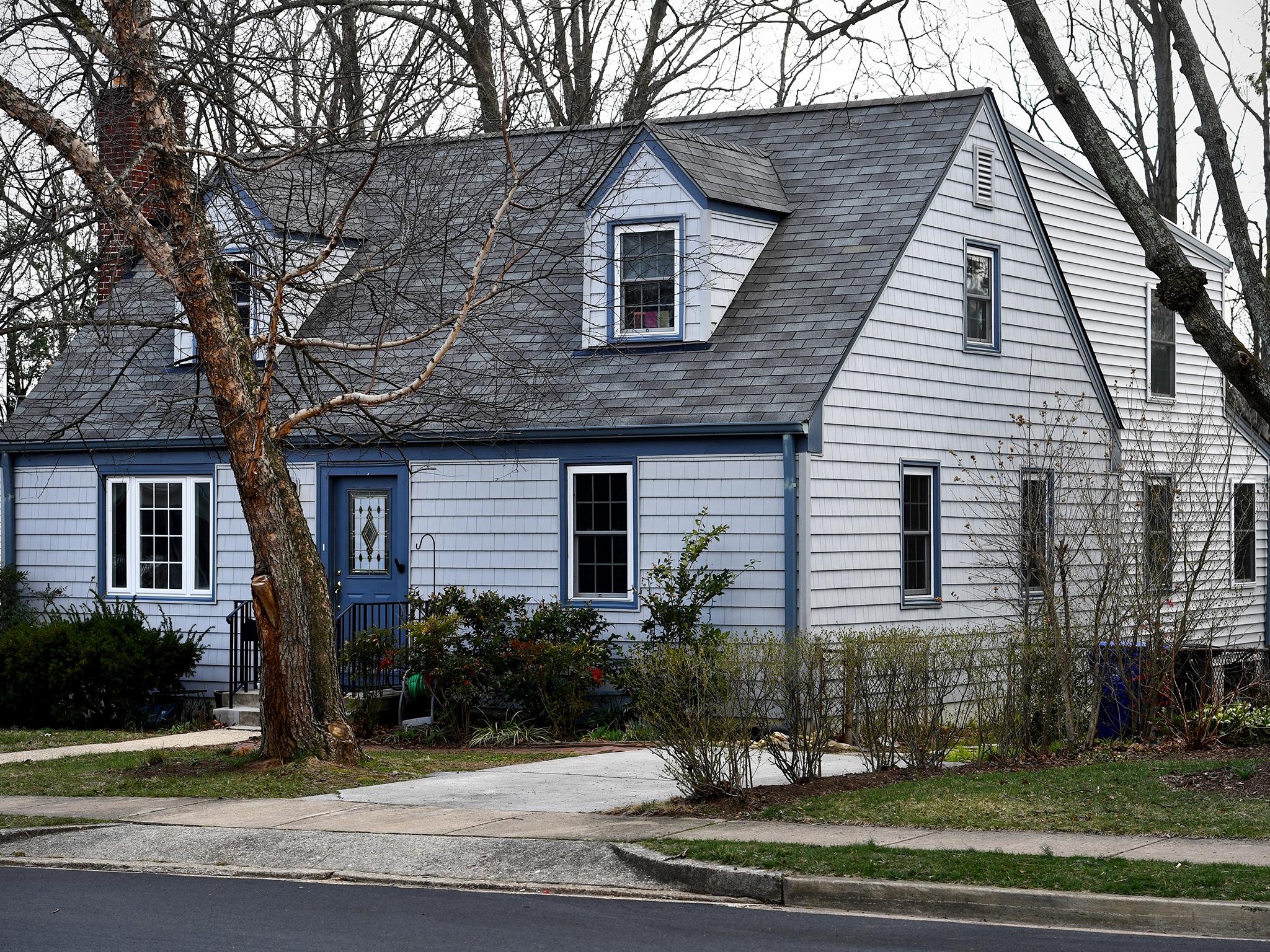
Kim Adams, director of marketing for the Brambleton Group, says she’s seeing an uptick in multigenerational families. “Builders are adapting their home designs to create additional living spaces that offer privacy and separation for parents or college students moving back home, and ground floor suites for easy access for grandparents,” she says. “We believe this trend will continue.”
Structural modifications are the easiest to negotiate. “Getting rid of stairs or reducing their need with first-floor master suites, eliminating raised transitions between rooms and trip hazards in the shower, and putting up grab bars on bathroom walls are basic concerns when someone gets older,” Gallagher says.
There are also the financial and emotional aspects of uniting disparate families.
When the Smith family talked to a senior citizen adviser, he addressed Lisa first: “‘How is your marriage?’” her father recalls. “Then he asked me: ‘How do you get along with your daughter? It’s important to have good relationships before you enter into something so monumental,’ the adviser told us.”
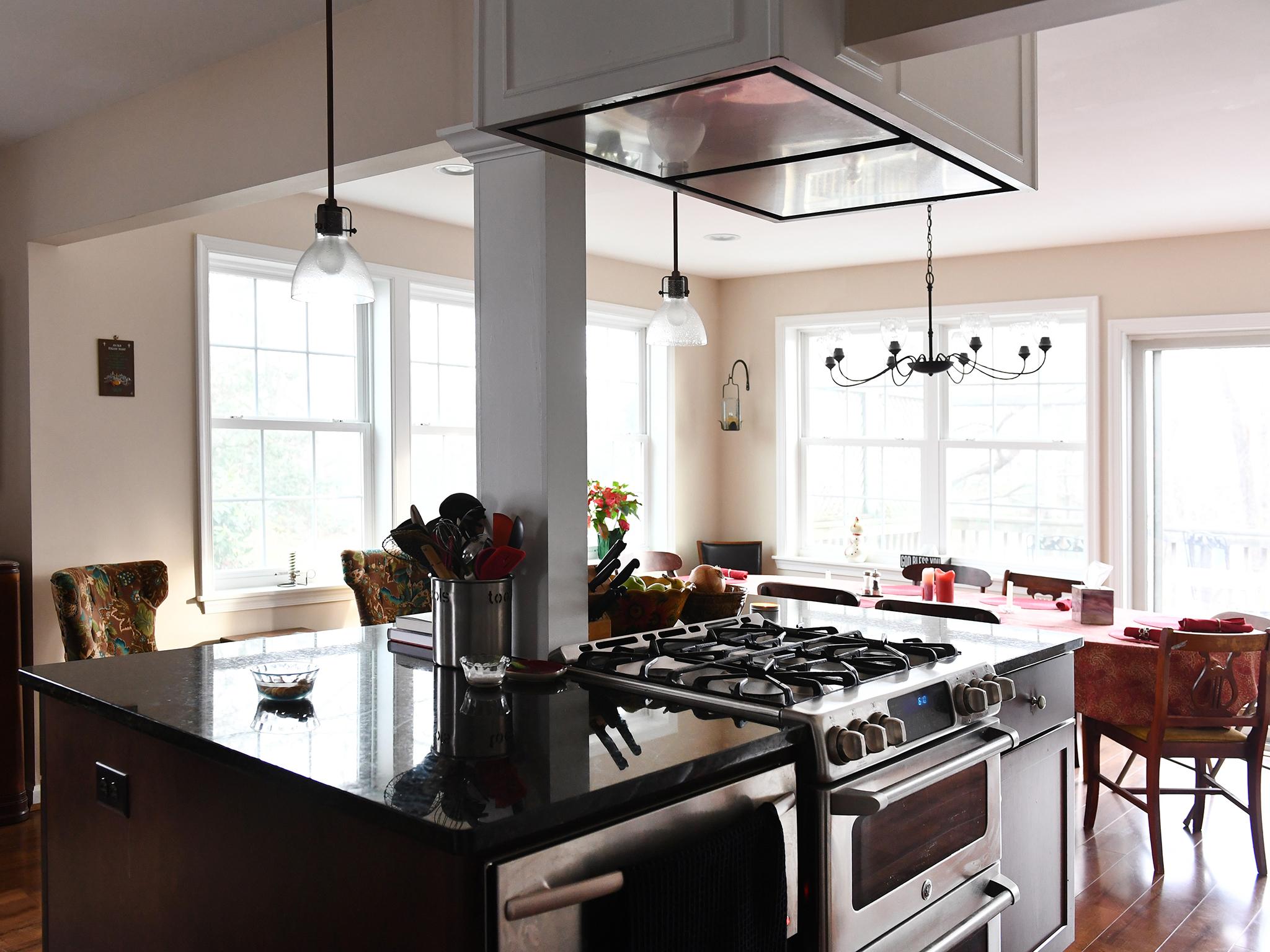
The Gorman family, in Washington, never had a conversation.
“I’ve lived with my mother my whole life. I’ve never lived without her,” says Mariluz Cortes-Gorman, who is retired from the World Bank and lives in North-west Washington with her husband, Drew Gorman, who is retired from the military. “We always had an extended family living together.”
From the time Mariluz graduated from college and became the breadwinner for her mother, Maria Luz Romero, and younger sister, through a move to Britain for graduate school, with two little boys in tow, her mother was an integral part of her family. “We never separated,” she says.
A move to Washington for a World Bank position – which meant frequent business trips two to three weeks at a time – remarriage and another son, meant “it would have been impossible to do without her,” Mariluz says. By then, six people lived in the house.
Then, two nieces joined, the older one for 12 years and the younger for a shorter time. The Gormans bought a larger house to accommodate everyone and rented the smaller one. Eventually all the children moved out. They sold the big house, moved back to the smaller one and used the sale money to renovate it.
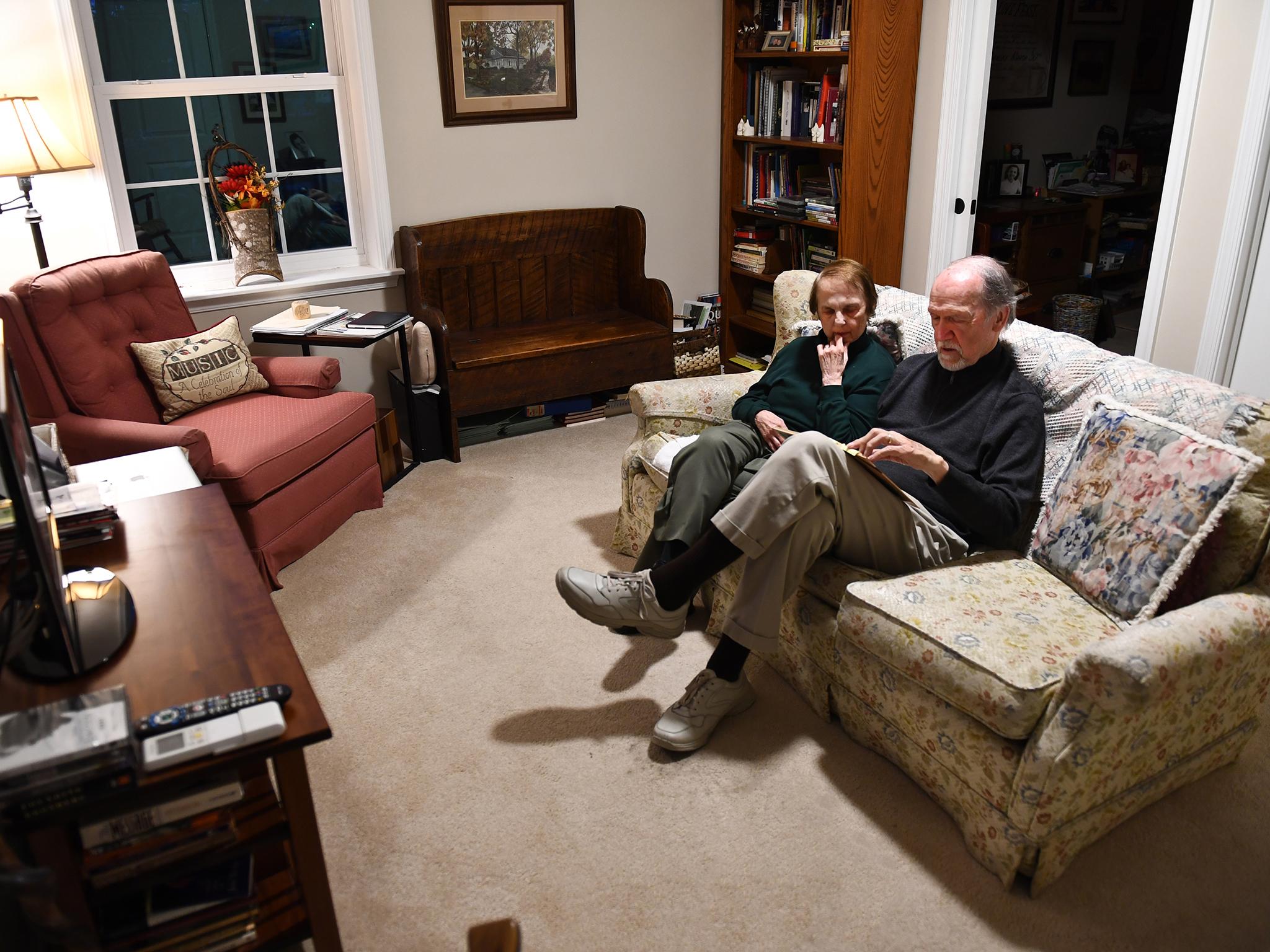
For more than a decade, the core family was three people – Mariluz, her husband and mother, who lived in a second-floor bedroom and suffered from advanced dementia. “She doesn’t know who we are, but knows we love her,” Mariluz says. Her mother died earlier this month, one week after she turned 102.
Once the Smith family made the decision for the grandparents to move in, they had to work out the finances.
“Dad had the choice of taking the money from the sale of his Annandale house and putting it into a retirement community or into the addition of our house,” Lisa says.
Jim says: “We considered how much better Grace’s care would be, and mine, too, as I got older, if we lived together.”
Frank, Rusty’s father, says: “Everyone cares when you live together as a family. You don’t just have people doing a job.”
Mariluz expresses the same sentiment. “My mother took care of my children as if they were hers,” she says. “She waited for them on Connecticut Avenue after school, helped with homework and with running the household.”
The Gibbses sold their Annandale house and contributed the assets towards the $350,000 (£250,000) renovation of the Arlington house. “We kept our financial estate in the family instead of giving it to a commercial entity,” Jim says.
The family hired Sun Design to draft drawings of alternative floor plans. “We showed them different layouts for using the space, keeping in mind each person’s desire for some privacy,” Gallagher says.
Lisa says: “We released all the decisions about fixtures and doorknobs to the design team and said, ‘Just make it so the functions are harmonious.’”
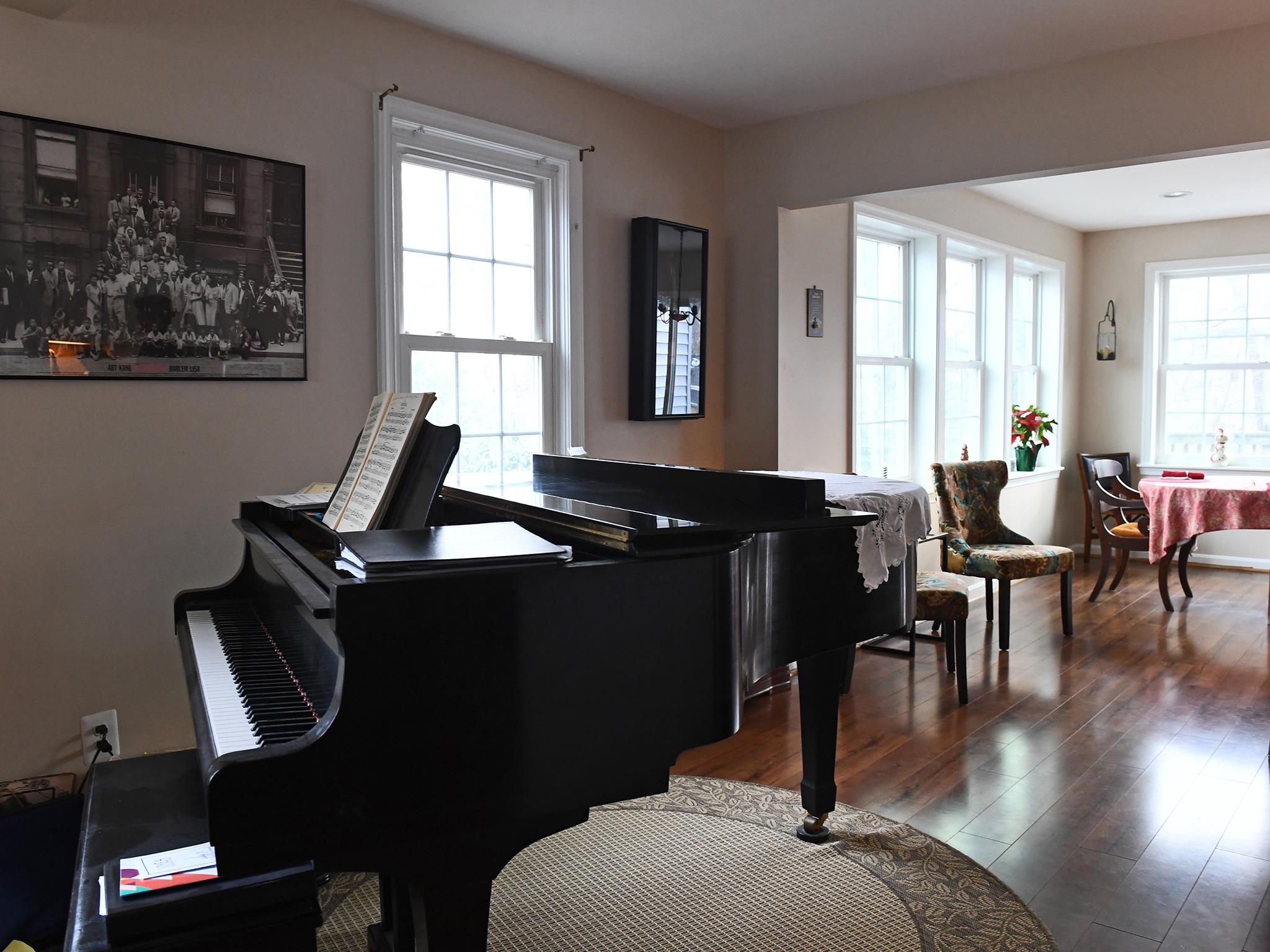
The main level was expanded to include a bedroom, adjoining bathroom and sitting room for the elder Gibbses. The bathroom was designed as a mirror image of the one Grace was accustomed to in their Annandale house. And the sitting room, named heritage room, was decorated with objects she also recognised.
Sun Design measured the size and shape of the Annandale living room and even the windows to perfectly replicate it, says John Byrd, a public relations practitioner who has worked with Sun Design for two decades. They used the same wall colour and the same style and colour of the trims around the room. The carpet, furnishings, wall photos and art from the previous house were positioned in the same spots to recreate the identical appearance and footprint.
Frank moved into a corner bedroom near the house front.
A communal space encompassing kitchen, dining room and living room – with space enough for a baby grand piano – became the home focal point.
“Our idea was that if you’re in the kitchen or dining or living rooms, don’t expect to be alone. If you want privacy you go to your own room,” Lisa says.
“No one has a mini-fridge in their bedroom,” Rusty says. The family eats together every night. One recent night, the menu was chicken florentine, salad and white wine.
There are three bedrooms upstairs – a master and one each for the girls – plus a Jack-and-Jill bathroom and family room that doubles as an office and music practice room. Lauren plays the violin. Audrey plays the French horn.
Yet, no matter how good-natured everyone is, sacrifices are inevitable. The Smiths wanted a washer and dryer on the main living level for their parents’ easy access, but that required making the living space smaller. So laundry facilities went downstairs.
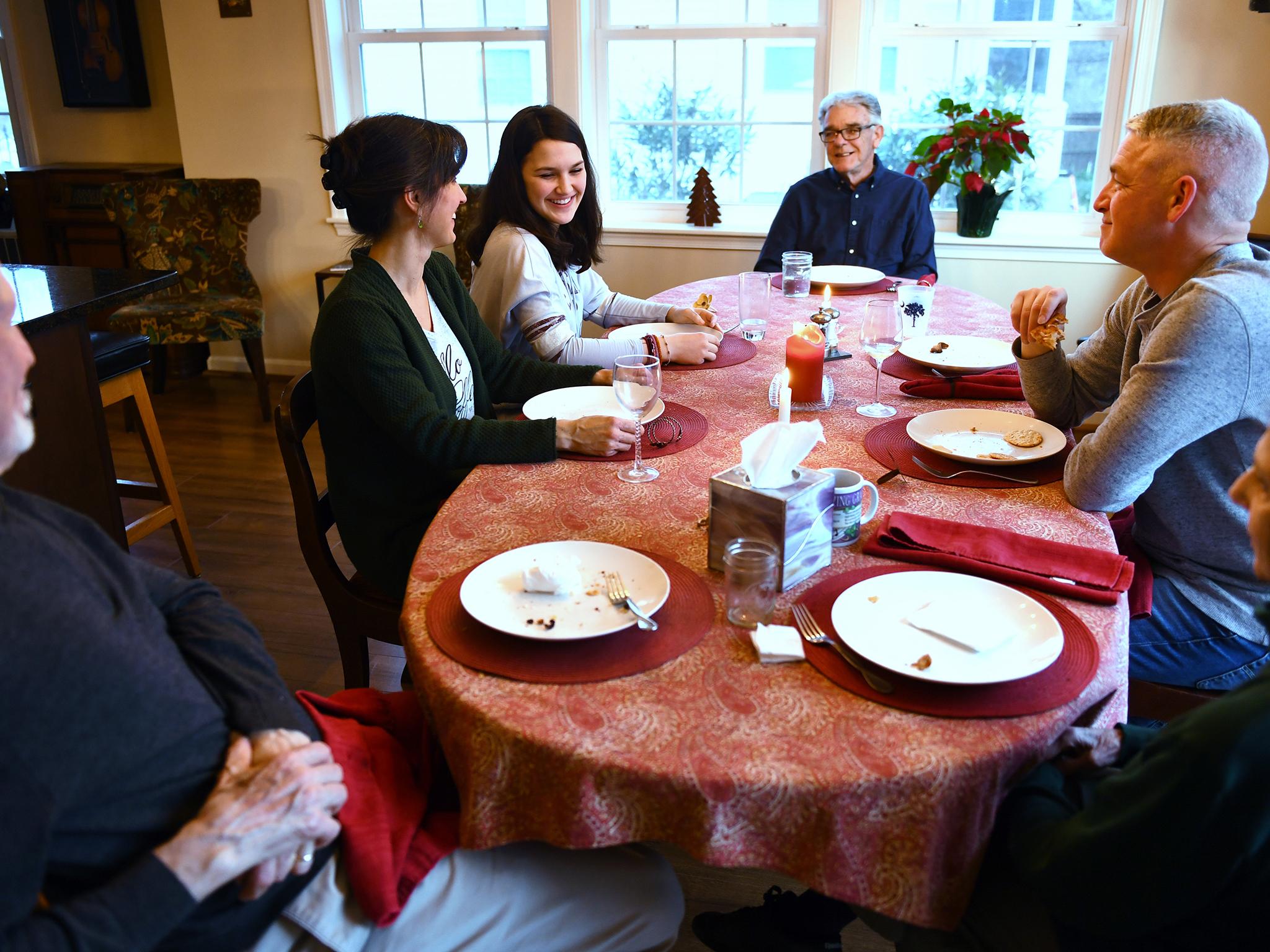
“Melding design, finance and emotion is an art, not a science,” Gallagher says.
Nevertheless, “if you’re creative, you’re willing and you have good relationships, you can make it happen. We’re average Joes and we did it,” Lisa says.
Audrey, 15, says: “It’s not like some fairytale where everyone is always happy and gets their way, but the benefits are better than the costs.”
The Washington Post
Join our commenting forum
Join thought-provoking conversations, follow other Independent readers and see their replies
Comments